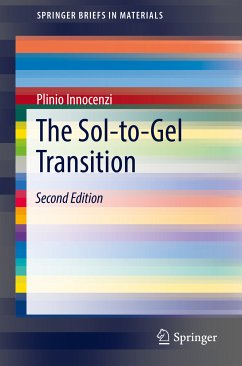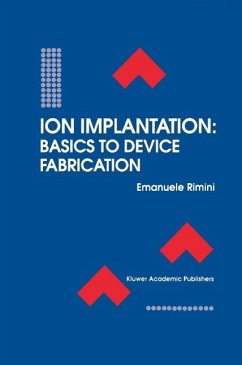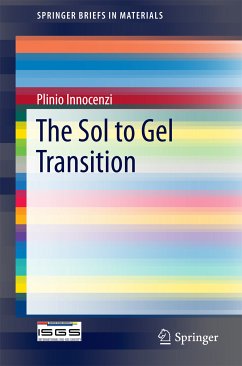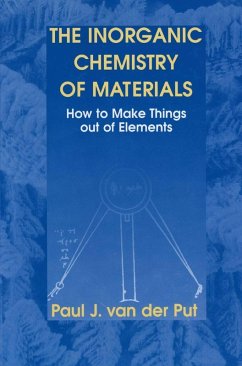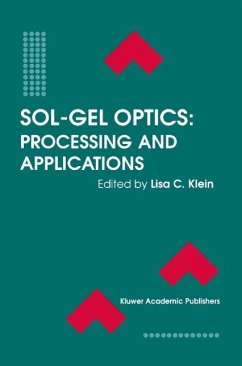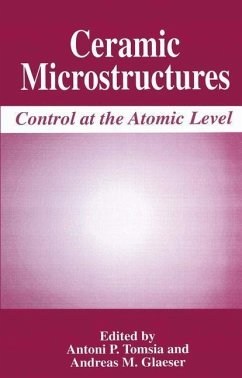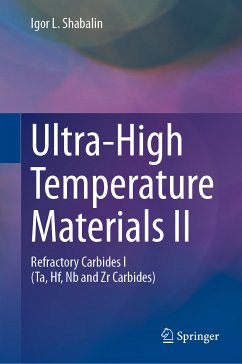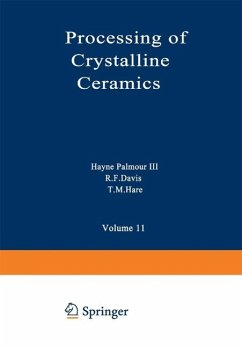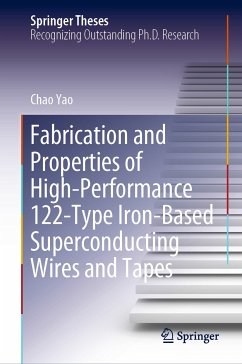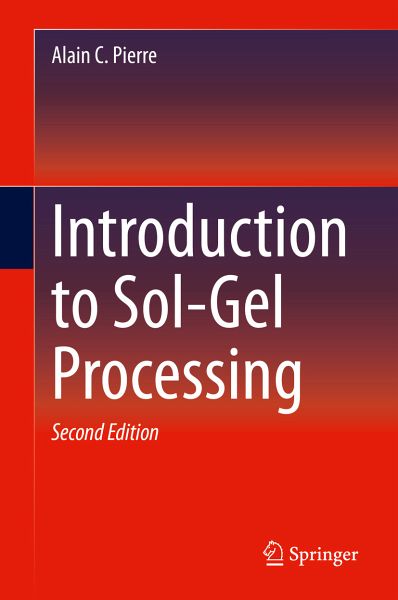
Introduction to Sol-Gel Processing (eBook, PDF)
Versandkostenfrei!
Sofort per Download lieferbar
88,95 €
inkl. MwSt.
Weitere Ausgaben:

PAYBACK Punkte
44 °P sammeln!
This book presents a broad, general introduction to the processing of Sol-Gel technologies. This updated volume serves as a general handbook for researchers and students entering the field. This new edition provides updates in fields that have undergone rapid developments, such as Ceramics, Catalysis, Chromatropgraphy, biomaterials, glass science, and optics. It provides a simple, compact resource that can also be used in graduate-level materials science courses.
Dieser Download kann aus rechtlichen Gründen nur mit Rechnungsadresse in A, B, BG, CY, CZ, D, DK, EW, E, FIN, F, GR, HR, H, IRL, I, LT, L, LR, M, NL, PL, P, R, S, SLO, SK ausgeliefert werden.



